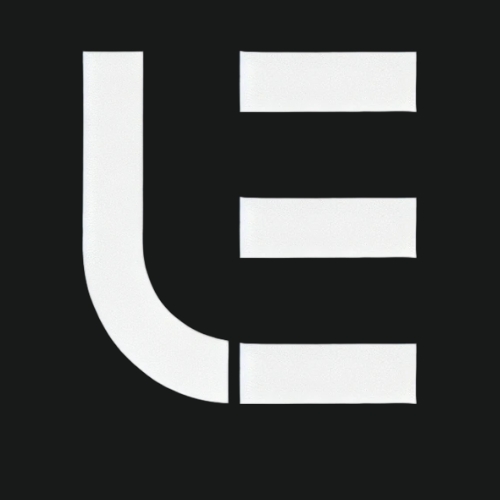# What is Web 3.0?
The evolution of the internet has been a journey marked by significant milestones, each delineated by noteworthy technological and sociological advancements. In this continuum, we now stand at the threshold of what is being heralded as Web 3.0. But what exactly does this term entail, and why should it command our attention?
### A Historical Context
To comprehend Web 3.0, it is prudent first to revisit its antecedents. Web 1.0, also known as the “Static Web,” refers to the earliest phase of the internet, characterized by static web pages, read-only content, and limited user interaction. Users were primarily information consumers, and the content was manually updated by website administrators.
The next evolutionary step was Web 2.0, the “Dynamic Web,” which heralded a transformative shift from static content to dynamic, user-generated content. This era saw the proliferation of social media platforms, blogs, wikis, and other forms of interactive web services. Users became active participants, contributing to and sharing content on a global scale. The underlying technologies such as AJAX, JavaScript, and APIs enabled richer user experiences and fostered community-centric models.
### Enter Web 3.0
Web 3.0, often termed the “Semantic Web” or the “Decentralized Web,” is envisioned to build upon the foundations laid by its predecessors. Its primary objective is to imbue the web with an additional layer of meaning and intelligence by integrating advanced data technology and semantics. This will enable computers to interpret and understand the data more like humans, thereby allowing for smarter, more refined user experiences.
One of the driving forces behind Web 3.0 is the advent of decentralized technologies such as blockchain and distributed ledger technology (DLT). While Web 2.0 centralized control within a limited number of platforms and service providers, Web 3.0 aims to redistribute this control. Decentralized applications (dApps) will be a hallmark of this phase, ensuring greater privacy, security, and ownership of data.
### Key Features of Web 3.0
#### Semantic Understanding
At its core, Web 3.0 aims to create a more interconnected and intelligent web. By employing technologies such as Natural Language Processing (NLP) and machine learning algorithms, Web 3.0 will facilitate better interpretation of user queries, providing more accurate and relevant results. The inclusion of semantic metadata will enable machines to understand the context and meaning of data, which is a significant leap from the keyword-based searches of Web 2.0.
#### Interoperability
Web 3.0 promises seamless interoperability between different platforms and devices. This ensures a coherent and cohesive user experience irrespective of the technological ecosystem in use.
#### Personalization and User Control
Web 3.0 will harness the power of AI to offer more personalized user experiences while simultaneously providing users with greater control over their data. This paradigm shift ensures that users are no longer passive participants but active controllers of their digital footprint.
#### Ubiquity and Decentralization
Web 3.0 envisions a ubiquitous internet accessible anytime and anywhere. Additionally, decentralization mechanisms will ensure that no single authority exerts undue influence, thereby promoting a fair and equitable digital landscape.
### Challenges and Considerations
Despite its grand promises, Web 3.0 is not without its challenges. Issues regarding data privacy, standardization, and the potential misuse of decentralized platforms must be addressed with proactive regulatory frameworks and technology safeguards.
### Conclusion
Web 3.0 represents a significant leap forward, offering a decentralized, intelligent, and user-centric web. It holds the potential to transform user interactions, create new business models, and foster a more equitable digital society. As with any monumental shift, the successful realization of Web 3.0 will require concerted efforts from technologists, regulators, and users alike. As we stand on the cusp of this new era, the future of the internet appears not just promising, but profoundly transformational.
